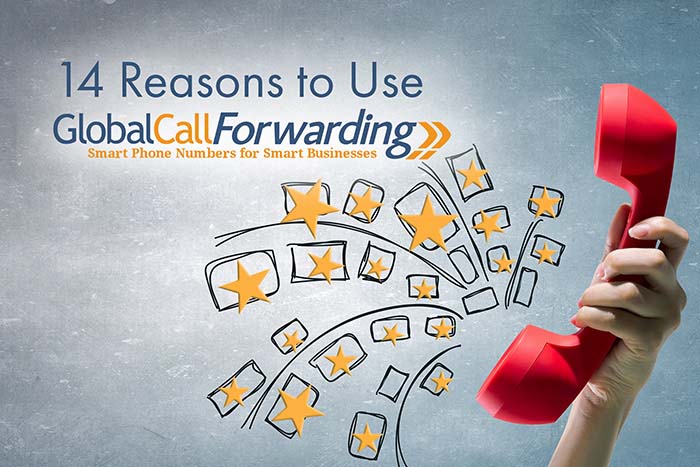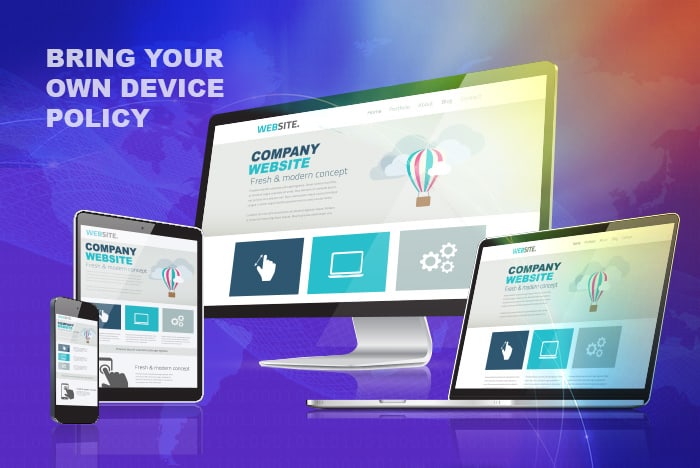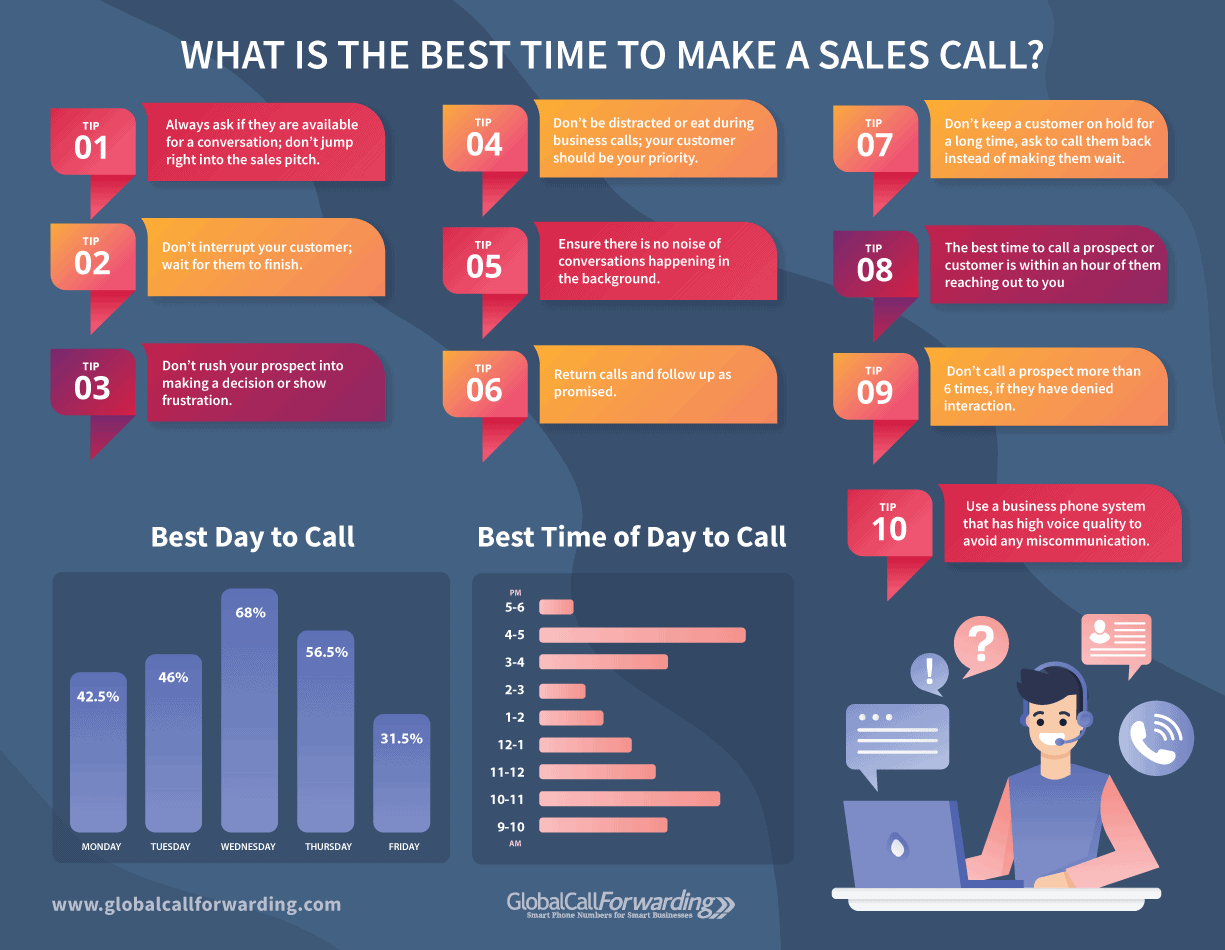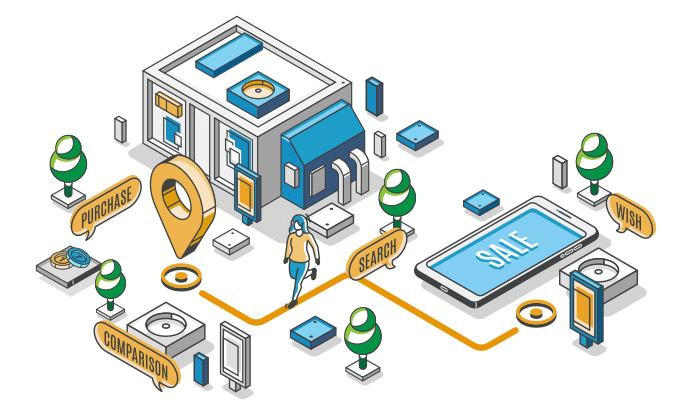More and more customers expect their brands and businesses to offer 24/7 customer support. This is significantly important for businesses with a wide and international customer base. The Follow the Sun customer service model can help your business become more reliable and accessible. Secure valuable global clients and increase their trust and faith in your business by letting them reach you easily!
- How Does a Follow the Sun Model Work?
- 3 Principles of Follow the Sun Support?
- Pros and Cons
- How to Implement Follow the Sun Routing
Follow the Sun Coverage: How it Works
So, what is the “Follow the Sun model”? Follow the Sun is a customer support method that focuses on providing consistent customer support without regard for geographic location or time restraints. In other words, Follow the Sun is a 24/7 customer support approach for local and international clients.
Medium to large companies, especially international and multinational companies, can use Follow the Sun coverage to offer 24/7 global customer support without relying solely on one customer service team. With such a model, customer service reps are not overburdened or forced to work late shifts. Instead, businesses can use remote or distributed customer support teams or BPOs to offer uninterrupted customer service. This constant workflow helps businesses:
- Offer accessible customer support and assistance
- Increase response times
- Build customer trust
- Position your business as a reliable one
3 Principles of a Follow the Sun Support Model
The main purpose of such a model is for businesses to offer uninterrupted customer service without geographical and time constraints. To accomplish this goal, Follow the Sun coverage is based on the following principles:
1. Availability Across Multiple Time Zones
For this approach to work effectively, customer service and support teams need to be spread across different locations and time zones. This way, businesses can maintain continuity of workflow and support, and customers can find help wherever they are located.
2. Faster Responses
Customer service teams need to be on top of their jobs and resolve queries quickly and accurately. First call resolution rates should be high with agents available 24/7, not only for phone conversations or chats but also to resolve trouble tickets.
3. Knowledge Hand-Outs
Finally, a system should be designed where information, knowledge, and business processes are seamlessly transferred from one team to another. Handoffs for pending tasks and queries are essential so the next team member can resolve them and the customer does not have to connect with the business again for support.
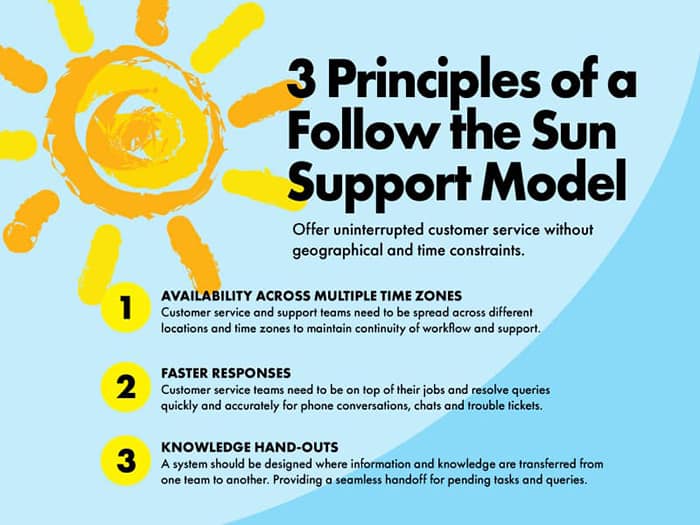
Pros and Cons of a Follow the Sun Service Desk
There are numerous customer service approaches and models out there. All are trying to help businesses offer excellent and uninterrupted service. However, which model works best for your company depends on the type of business you run, your communication infrastructure, and your budget. More importantly, what are you hoping to achieve with a new customer service model? To determine if a Follow the Sun support schedule can help your business, let’s look at the advantages and disadvantages of such a model.
6 Ways Follow the Sun Schedule Can Benefit Businesses
1. Increased availability and accessibility
By having your customer service team work around the clock or in multiple locations, you greatly increase the chances of being available to every customer who calls your business. Every customer call is valuable and a potential sale. And so, losing out on customers who call during off-hours can hurt your business. Additionally, your business also becomes accessible to customers outside your target market. And this can help you find new leads (more on that later).
2. Faster responses and problem-solving
By employing agents at all times and locations, you can train your customer service teams to offer quick and accurate responses. Customers calling for assistance want their issues resolved as soon as possible and correctly. And if your business’ response times and first call resolution rates are high, your customers will come back for more and recommend you to their networks.
3. Consistent and reliable customer service
By doing all of the above, you can position your business as a reliable source of customer support. Current customers will rely on your service and continue to invest in it. You can then showcase them through customer reviews and testimonials that will inspire other similar customers to connect with your business.
Related: 6 Ways Customer Service Expectations Have Changed for 2021
4. Access to new markets and leads
Ah, the new leads. By making your business available in multiple time zones and locations, you have the opportunity to get customers in multiple countries. These may even be customers your business does not ideally include in top business personas. You can get insights into other areas for growth, new customer bases, and new ways to improve your product.
5. Considerate employee experience
Follow the Sun support schedule means not having to make your employees work overtime or odd shifts. Employees can work within their regular daytime office hours and provide support to customers in those time zones. This can help employees maintain a work-life balance and do a better job when interacting with customers.
6. Establish a global presence
Lastly, and perhaps most importantly, your business gets to be on the global stage. You can establish a global presence without needing to open up multiple physical locations around the world. Some companies don’t need a physical presence to do business. However, an approach like this helps your company maintain a virtual presence in multiple locations and offer support to all customers.
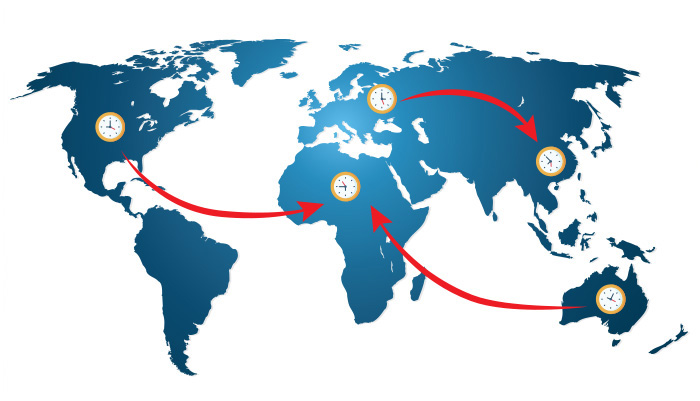
Issues to Consider With This Approach
1. Communication and collaboration issues
When teams are distributed or spread across multiple locations, there’s a possibility of miscommunication and it is harder for teams to collaborate and be on the same page. However, we now have technology and communication tools that can help ease this process. Project management systems, chat, cloud-based CRM, and so on. Users can use these tools to enter and update customer info, assign tasks, update progress, and more.
2. Lack of coordination
Similar to the above point, a common issue with a Follow the Sun model is improper hand-off coordination. This happens when the previous team does not properly hand off pending or incomplete tasks to the new team or individuals in the next shift. Again, a well-designed CRM or project management system can help ease this process. However, employees need to take the time to update their records.
3. Unfamiliar tools and tech
Most of the issues mentioned above can be solved if efficient processes are set in place and advanced tools are used to streamline these processes. However, this means that your employees are well-versed in the different tools and technologies used. If not, then employees may spend more time learning the software or re-doing simple processes instead of taking care of customers.
How Can Your Business Offer 24/7 Global Support?
If you think your business can benefit from offering global 24/7 customer support, then you need to start planning how to provide this service.
First, Make a Plan
Establish goals and create a plan for how your business and customer service teams will offer round-the-clock, global customer support.
Some companies do this by having multiple customer service hubs or remote teams. They will use separate phone lines for each country or hub. Then, these companies get time-based routing or location-based routing from a virtual number provider like Global Call Forwarding. These routing strategies enable incoming calls to forward or route to different locations based on specific rules set by the business.
For example, time-based routing forwards calls to specific locations or numbers based on the time of the call. Location-based routing forwards calls to specific customer service teams based on the location of the caller. These strategies help callers connect with the most appropriate customer service agent in their time and location (and at times, language) preferences.
Another way to offer 24/7 service is to have all incoming calls (from different countries) forwarded to your main customer service hub and have employees work in shifts.
Next, Invest in the Right Technology and Tools
Don’t just “go with the flow.” Pay attention to the ways your teams can streamline and standardize the communication and hand-off process. Your teams will need the right tools and phone system to make this strategy work. For example, consider global SIP trunking to easily configure and manage your shift to a Follow the Sun model. Additionally, you will want project and content management systems that can help your managers and customer service teams communicate and collaborate virtually in real-time.
How you plan to adopt the Follow the Sun support schedule depends on your communication infrastructure, business phone system, remote teams, and budget. Make a decision that works best for your business.
Reach More Customers by Being Active
Follow the Sun coverage, if adopted and executed well, can help businesses reach more customers and a wider audience. More importantly, by offering reliable and responsive customer service, your company can secure valuable customer relationships and attract new leads. Learn how our call routing and call forwarding solutions can help your global expansion efforts. Call us today at 1 (888) 908 6171 or chat with us online!






